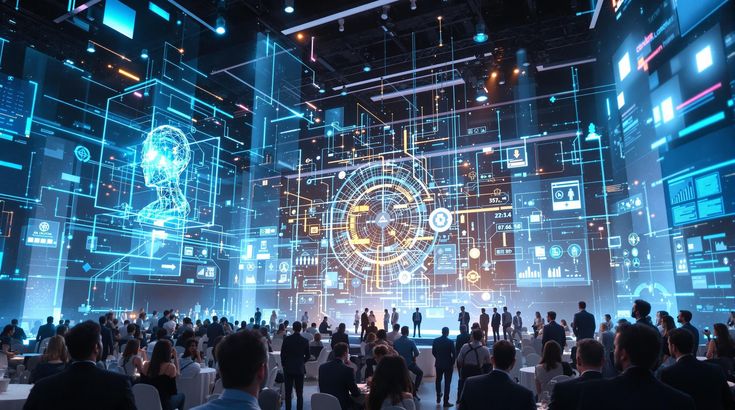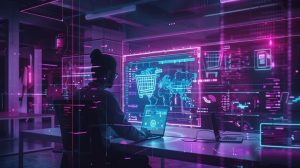The rapid advancement of generative artificial intelligence (AI) is transforming the cybersecurity landscape, creating both revolutionary defense mechanisms and unprecedented threats. AI-driven technologies are being harnessed to detect anomalies, automate responses, and predict cyberattacks before they occur. However, the same tools are also empowering cybercriminals to launch more sophisticated attacks at an alarming scale. This evolving arms race between defenders and attackers is reshaping the way organizations and governments across Asia approach cybersecurity.
One of the most alarming developments is the use of AI-generated phishing attacks and deepfake impersonations, which have already resulted in major security breaches. In Hong Kong, a recent case saw an employee at a multinational firm transfer over $25 million after being tricked by a deepfake video call featuring AI-generated replicas of senior executives. This incident highlights how AI is no longer just a tool for defense but also a weapon for deception, raising serious concerns about trust and verification in the digital world.
**Source: CNN – https://edition.cnn.com/2024/02/04/asia/deepfake-cfo-scam-hong-kong-intl-hnk/index.html
Beyond deception, generative AI is being leveraged to develop advanced malware capable of evading traditional security measures. AI-powered ransomware attacks have surged across Southeast Asia, with hackers using machine learning algorithms to adapt their tactics in real time. A recent cyberattack on a major financial institution in Singapore involved AI-generated malware that altered its code dynamically to bypass detection. Such cases underscore the necessity for security teams to evolve beyond conventional cybersecurity measures and incorporate AI-driven defenses that can adapt as fast as the threats themselves.
To counter these emerging threats, organizations must integrate AI-powered cybersecurity solutions that not only detect threats but also anticipate and neutralize them before they cause damage. This includes deploying real-time AI-driven threat intelligence, automating security operations, and using generative AI to stress-test systems against potential cyberattacks. Furthermore, international collaboration and regulatory advancements are crucial in ensuring that AI remains a force for protection rather than exploitation. Governments across Asia are already working on stricter AI governance frameworks to address ethical concerns and prevent AI from being weaponized by cybercriminals.
As AI continues to redefine the cybersecurity landscape, staying informed and proactive is more critical than ever. The upcoming Asia Symposiums Tech Circuit 2025 will bring together global cybersecurity leaders, AI pioneers, and policymakers to discuss cutting-edge strategies and solutions for AI-driven security challenges. Be part of this crucial dialogue, gain insights into the latest innovations, and explore how AI can be leveraged responsibly to secure the future. Stay tuned for more updates on this must-attend event!



